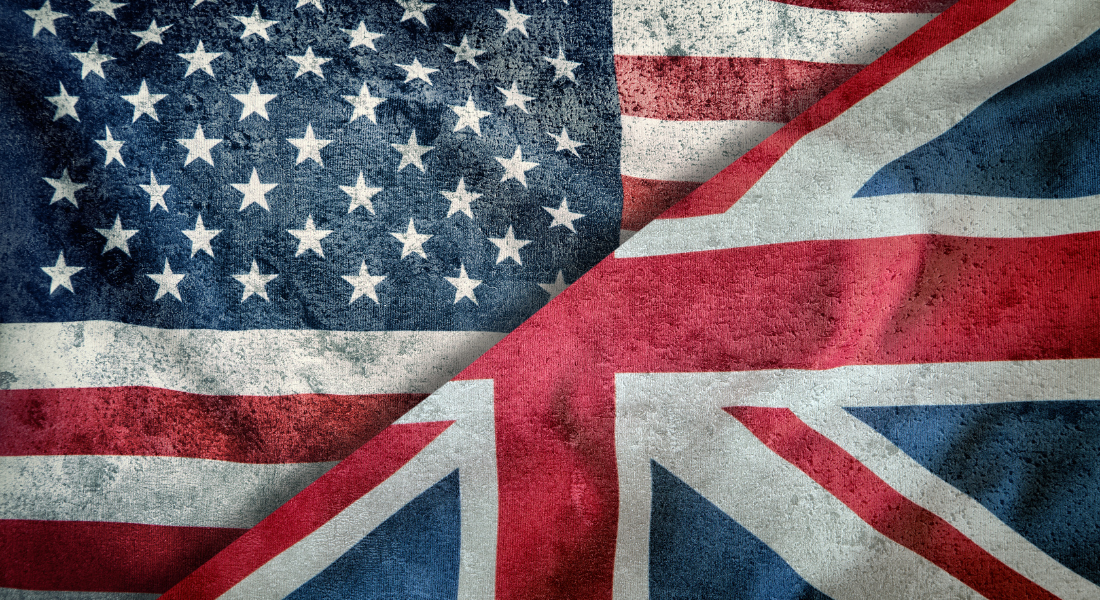Cultural changes for PR success in Europe vs. the US
By Xanthe Vaughan Williams
M eeting clients’ demands for overseas PR can be a bit off-putting.
As a UK-headquartered agency, our heart sinks when clients ask us to get a bit of US coverage for a local announcement. Conversely, we’ve seen US clients sending out a news release in its original form and hoping that English-speaking journalists across the continent will eagerly pick it up.
In fairness, this does occasionally work – if it’s a really big story. But most of us working in PR know that the job involves creating long-term relationships with the media and finding stories that resonate with specific sectors and individuals. Achieving this outside your own familiar territory requires work, and Europe can seem particularly daunting. Taking on 50 countries and 25 languages is not for the faint-hearted.
As a European agency with a UK HQ, much of our work involves helping US companies to communicate over here. Having done so for over 20 years, however, we are aware of the dangers of becoming complacent. We therefore carried out some research earlier this year to find out exactly what it is that US companies (in this case, tech companies) want from their PR colleagues in Europe these days.
One consistent finding was that local advice and know-how are still highly valued. Over three quarters of the people we contacted said that they would be likely to seek help from agencies. Strategic advice, adaptation of US content and social media support were the services mentioned at the top of list, followed by media relations and events.
On that basis, we created a guide to answer some of the questions that US tech firms, and their marketing teams, might ask themselves before venturing into Europe. We’ve outlined the key points of it here – with a few contributions from some of our colleagues and partners operating in the UK, France, Germany, Sweden and Poland. It’s not a procedural handbook – more a list of considerations that could help you connect more effectively with the media on the other side of the pond.
Learn your territory
With a landmass that’s not dissimilar to that of the US, it’s easy to underestimate the differences between countries in Europe. While English is widely spoken as a default business language, the media are often far more localised and even where languages overlap, culture may not. A common language unites Austria and Germany, for example, but they have very different media landscapes. The same applies to France and parts of Belgium and, of course, is also true of the UK and the US.
One of our Swedish partners, Mikael Westmark, commented that he is often asked to quote for PR in the Nordic region as though it is a single country. For those who aren’t experts in this part of the world, the region comprises Sweden, Norway, Finland, Denmark and Iceland. While English is commonly understood, five official languages exist so campaigns must be localised for each country.

"With a landmass that’s not dissimilar to that of the US, it’s easy to underestimate the differences between countries in Europe."
Content: strike the right tone
Almost every country in Europe has its own style of written communication. Astrid Hornleïn, Fourth Day’s Berlin-based consultant, comments of the German media, “The tone here is more objective, less excited. Journalists here want facts, technology knowledge or trend discussions.”
Antoine Billon, head of our French office, Quatrième Jour, agrees, pointing out that the US media is more prone to making large claims – “US companies use a lot more superlatives.” UK journalists too are wary of hyperbole and are particularly quick to press the “delete” button if they receive any content that appears ill-considered.
Think local, then think more local
While more media are willing to speak to US CEOs than they were 10 years ago, it’s always worth providing a local contact for interview if you can. And if you have a big global research report, find the statistics that relate specifically to the country you’re communicating with. No matter what story you’re telling, delve deep into the local news agenda to find out what everyone’s talking about and identify your angle.
In larger countries, this can mean going as deep as regional media. The UK has a powerful local network that still wields great power. In another article for this magazine I outlined how Liz Truss, during her brief tenure as UK Prime minister, discovered this to her cost. Regional media are often overlooked by US companies – perhaps because the UK appears so impossibly small that it’s hard to imagine anything smaller holding any influence at all.
Never underestimate cultural differences
Finally, an appreciation of cultural differences can make international PR more interesting – and more fun.
Little pieces of knowledge can go a long way. For instance, it’s important to know that business quiets down in France after 14th July, while in Sweden the summer holiday is from mid-June until mid-August to take advantage of the daylight that is so lacking in winter. And if you are lucky enough to come and visit, you should also remember that Swedes still enjoy an afternoon “fika” (coffee and cake), the French continue to enjoy a glass of wine over lunch and that “kaffee and kuchen” remains a thing in Germany. Even in international business, it can be the little details that count.
This article was originally published on the PR Daily website.
Share this:





